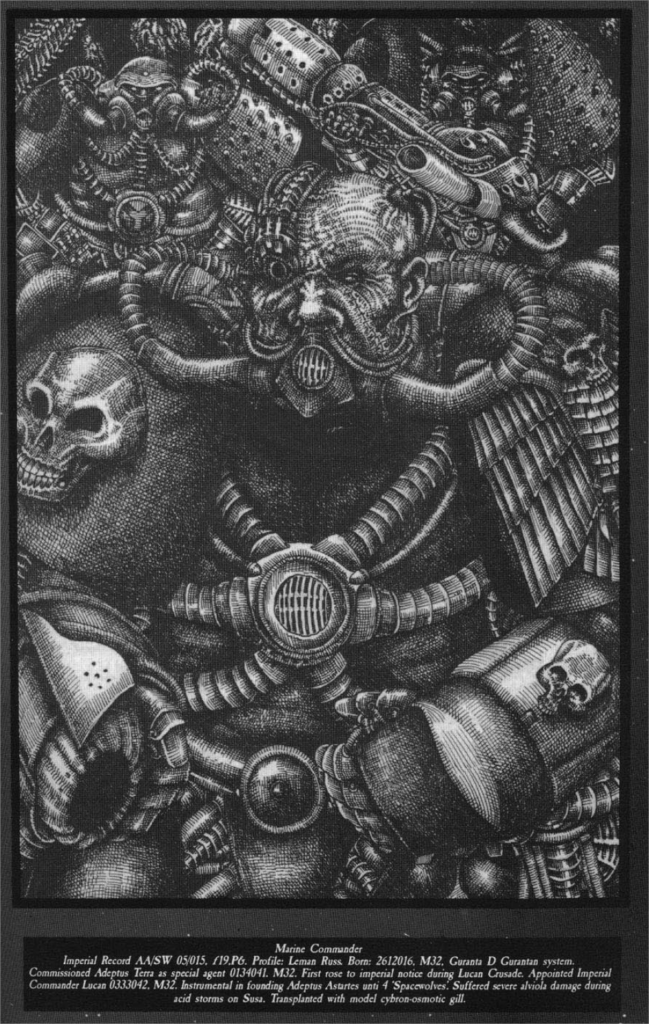Langes Rollenspielwochenende in Bielefeld
Es war mal wieder soweit, diesmal allerdings in anderer Zusammensetzung: Ein paar Dutzend Leute trafen sich und spielten. Insgesamt hat es bei mir zu drei Runden gereicht:
Raiders of Arismyth als Zufallsrunde
Ein Programmpunkt war das Rollenspiel-Blind-Date: Zufällig wurde so Gruppen zusammengestellt undu Spielleitungen zugeordnet. Als sich abzeichnete, dass die Runden teilweise etwas voll werden würden, und entweder jemand den lieben Blechpirat als 6. Spieler mit aufnehmen musste, oder wir noch jemanden zum Spielleiten verdonnern würden, opferte ich mich großherzig!
Zum Glück hatte ich von einem vorherigen Treffen in gleicher Location tatsächlich noch einige Geländeteile und ein Bossmonster im Haus Einschlingen gebunkert, so dass dem zünftigem Püppchenschubsen mit meiner Eigenproduktion Raiders of Arismyth nichts im Wege stand.
Vorbereitet hatte ich dennoch nichts, ich nutzte also die Zeit, in der die Runde sich aus dem Fundus der zahlreichen Minis aus meinem „Raiders SL Koffer“ ihre Helden aussuchten, um zu sichten und etwas zu improvisieren. Dabei fand ich vor:
- eine Turmruine
- alle Einrichtung für eine Taverne (eigentlich für Barkeep of the Borderlands eingepackt, da aber nicht verwendet)
- einen „Demonic Prisoner“
- einen Baum
- diverse humanoide Monster, von Kobolden, Orcs, Schlangemenschen, Untoten, usw.
- ein wenig „Höhlengelände“
Das Abenteuer war daraus dann schnell gestrickt: Man findet sich in der einzigen Schänke von Tarkherheim ein, lernt sich kennen und wird dann direkt von einer Harpie und ihrem Fledermausschwarm besucht, welche den armen Wachmann in die besagte Schänke jagt.
Nachdem sie besiegt wurde (und alle das Kampfsystem grob verstanden haben), fand sich an der Harpie eine grobschlächtig gezeichnete Karte mit eingetragener Turmruine und einen Schlüssel. Da gibt es sicherlich einen Schatz, oder vielleicht auch nur eine Gefahr für Tarkherheim. Also hin da!
Auf dem Weg wurde in der Wildnis übernachtet, sich vor Wölfen gefürchtet, eine überwucherte Tempelruine mit darunterliegender Gruft gefunden und sich mit deren Bewohnern geprügelt. Als der Magier dann aus Versehen einen Blutschleimer erschuf, suchte man lieber das Weite und versiegelte die Gruft wieder. Das wird sicherlich niemanden irgendwann irgendwelche Probleme bereiten…
Schlußendlich fand man die Turmruine, die aber nur sehr … zögerlich betreten wurde. Also, eigentlich gar nicht, schließlich drangen gar scheussliche Geräusche aus dem Inneren. Und als dann besagter dämonischer Gefangener aus dem Keller ausbrach, sahen sich alle bestätigt! Der folgende Kampf war knapp, aber der Magier nutzte geschickt seine Talente um die Ruine über dem Dämon zum Einsturz zu bringen, und man konnte immerhin einige Schätze nach Hause bringen um sie da direkt zu verprassen…
Für mich eine schöne Feedback Runde um das System weiter abzurunden, und eine noch schönere Improvisationsübung!
Als Stadtwache durch Ankh-Morpork
Im November ging ja der Discworld RPG Kickstarter zuende — ein Projekt, wo ich schwer versucht war, dann aber doch nicht mitmachte: Ich war und bin mir einfach nicht überzeugt, dass die Scheibenwelt ein dankbares Rollenspiel-Sujet abgibt. Aber man soll ja niemals nie sagen, und als jemand das Abenteuer aus dem Schnellstarter anbot, hab ich mich da direkt angemeldet!
Ich erhielt einen Gargoyle-Konstabler und alle zusammen machten wir uns auf, den Einbruch in das Sunshine Sanctuary for Swamp Dragons aufzuklären. Das Einstiegsabenteuer ist schön geradlinig und bietet viel Scheibenwelt-Flair — insofern hatten wir alle Spaß.
Allerdings, und das ist Meckern auf hohem Niveau, den Spaß hätten wir genausogut ohne die Scheibenwelt haben können. Ja, da lief mal CMOT Dibbler vorbei, ja, Captain Carrot hat uns den Auftrag geben, und so weiter. Aber das war halt Fan Service, der die Story nicht wirklich weiterbrachte, und gerade im Fall von Dibbler wenig Interaktion brachte: Gestandene Ankh-Morporker kaufen bei dem halt nichts. Ich glaube inzwischen fast, dass man die Scheibenwelt nur mit nicht-Scheibenwelt-Kennern bepielen sollte: Dann können die nämlich die Skurrilitäten alle frisch erleben.
Aber vielleicht sollte man denen dann nicht doch einfach nur die Bücher zum Lesen geben?
Barkeep of the Borderlands
Ein wunderbares Modul, einer der Ennie Gewinner 2023: Der Monarch wurde vergiftet, und das Heilmittel wurde anscheinend aus Versehen in eine der vielen Kneipen geliefert. Da die Narrentage ausgerufen wurden kann die Stadtwache nicht einfach einmal alles durchsuchen, und tapfere trinkfeste Abenteurer sind aufgefordert, den Monarchen zu retten!
Wir haben tatsächlich fast den ganzen ersten Tag des sechstägigen Pubcrawl geschafft, und einer der Spieler hatte auch als Gewinner des Dance-Offs fast den richtigen Wunsch geäußert um den Monarchen heilen zu können, aber sich dann doch von der Dämonenprinzessin verwirren lassen?
Alles in allem hatten alle bekundet sehr viel Spaß gehabt zu haben, aber ich stelle auch fest, dass es an einigen Stellen besser hätte laufen können:
- Ich dachte, ich hätte mir geschickt und ausreichend Tabellen etc. aus dem Modul rauskopiert, um keine unnötigen Nachschlagezeiten zu haben. War leider dann doch nicht so effizient. Das geht mit Lesezeichen etc. sicher besser.
- Das Abenteuer hat diverse Subsysteme fürs Trinken, Tanzen, etc. Es ist nicht immer ganz klar, wie die ineinandergreifen sollen, das muss ich fürs nächste Mal besser vorbereiten und abgleichen.
- Blechpirat hat zurecht angemerkt, dass ich Cairn nicht ganz richtig angewendet hab. Schande über mich, zumal ich die „korrekte“ Variante ja eigentlich immer in Mail Order Apocalypse verwende.
- Generell hat das Abenteuer die Herausforderung, dass es Aktionen unterschiedlichster Komplexität und „Echtweltdauer“ zu abstrakten „Turns“ zusammenfässt. Das erzeugt ein sehr seltsames Zeitgefühl, dass man den Leuten gut erklären muss.
- Überhaupt, Zeitgefühl: Die konkrete Dringlichkeit und die Überlegung, wie viel Zeit man sich jetzt nehmen darf oder muss, um die Kneipen zu durchforsten sollte besser kommuniziert werden.
- In die gleiche Kerbe schlagen all die Vignetten und Gerüchte, die das Abenteuer liefert: Wie viel davon und wie will man wie den Leuten um die Ohren hauen? Und zwar ohne den Fokus zu verlieren?
Achtung: Das ist natürlich alles Jammern auf hohem Niveau. Ich fand den Abend sehr gelungen, aber ein Vorteil von solchen Treffen ist ja, dass man sich mehr Gedanken darüber machen kann, wie und was man in Zukunft besser macht!
Ich freue mich auf jeden Fall schon auf das nächste Mal Spielen in Bielefeld!

